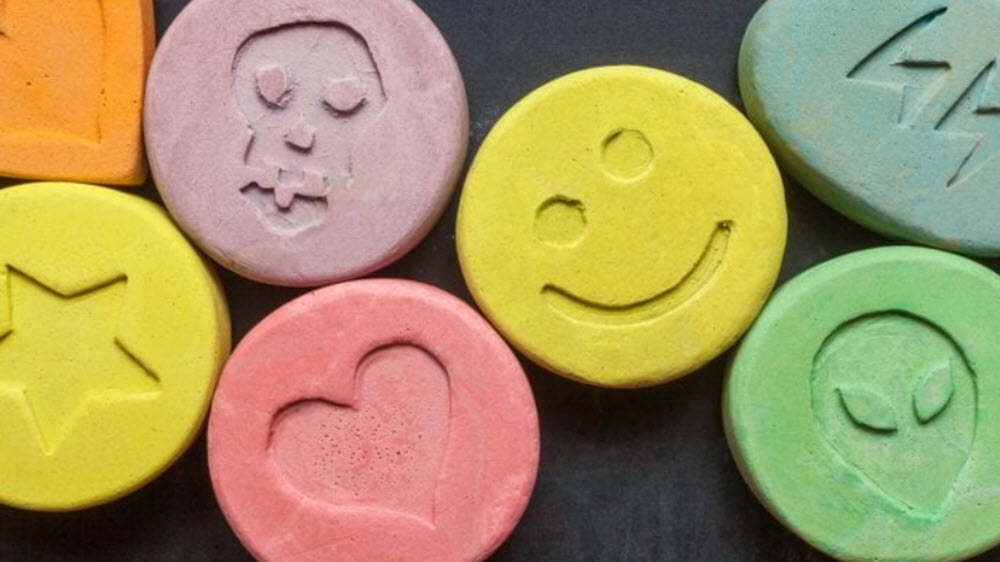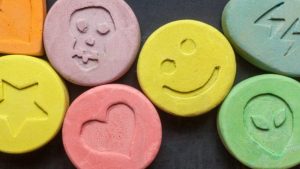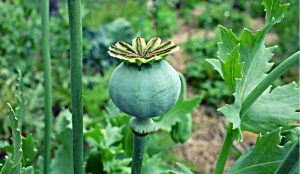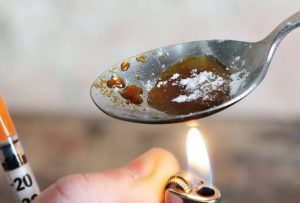MDMA is an abbreviation of 3,4-Methylenedioxymethamphetamine. It is in the substituted methylenedioxyphenethylamine and substituted amphetamine classes of chemicals.
MDMA is a psychoactive drug with both stimulating and hallucinogenic effects. The most commonly desired effects are increased energy, increased pleasure, increased empathy, decreased inhibition, and altered sensations. MDMA acts primarily by increasing the activity of the neurotransmitters serotonin, dopamine and noradrenaline in the brain.

MDMA is usually taken by mouth. When taken by mouth, the effects usually start 30-45 minutes after ingestion, and the effects last for 3-6 hours.
MDMA is sometimes deliberately combined with other psychoactive drugs such as LSD, ketamine or psilocybin.
Use
- MDMA is chiefly considered a ”party drug” and associated with night clubs, music festivals, the rave culture, etc. The sensory effects of music and lightning can boost the MDMA experience.
- Low doses of MDMA are used as an entheogen.
Nicknames
- Ecstacy
- E
- X
- XTC
- Molly
- Mandy
Routes of administration
The most common way of administrating MDMA is by mouth.
Examples of more uncommon routes are rectal insertion, snorting, inhaling vapors, and injection.
Adverse effects
Examples of adverse effects:
- Memory issues
- Paranoia
- Insomnia
- Teeth grinding
- Blurred vision
- Rapid heartbeat
- Death due to increased body temperature and dehydration
Background
MDMA was developed by the German pharmaceutical company Merck in 1912. It was synthesized by the chemists Anton Köllish, who was working for Merck to create medicine that would stop abnormal bleedings. The competitor Bayer held the patent for hydrastinine, so Köllisch was set to make a hydrastinine analogue that would not infringe on the patent. The result was methylhydrastinine.
During the synthesis of methylhydrastinine, an intermediate compound was formed that Merck wasn´t very interested in but still filed two patents for. It was alternatively called methylsafrylamin, safrylmethylamin and N-Methyl-a-Methylhomopiperonylamin in the Merck lab reports, and we know it as MDMA.
Chemistry
- As a free base, MDMA is a colourless oil and insoluble in water.
- The most common salt of MDMA is the hydrochloride salt. Pure MDMA hydrochloride is water-soluble. When dry, it is a white or off-white powder or crystals.
Pharmacokinetic info
Metabolism
MDMA is metabolised in the liver, where enzymes belonging to the family CYP450 are extensively involved in the process. Metabolites: MDA, HMMA, HMA, DHA, MDP2P, MDOH
Elimination half-life
(R)-MDMA: 5.8 ± 2.2 hours (variable)
(S)-MDMA: 3.6 ± 0.9 hours (variable)
Excretion
Through the kidneys.

Legality
MDMA is illegal in most countries.
As of 2018, there is no medically approved use of MDMA.
Research
Researchers are currently investigating MDMA as a possible help in treating serious, treatment-resistant posttraumatic stress disorder (PTSD).
Impurity
The purity of powders and tablets sold as MDMA vary dramatically, and sometimes alleged MDMA tablets and powder confiscated and analyzed by law enforcement turns out to include a wide range of other substances.
Examples of substances sometimes found in MDMA tablets:
- Methylone
- MDPV
- Mephedrone
- Ethylone
- MDA
- MDEA
- Caffein
- Opiate based painkiller
MDMA tablets normally have a fairly low purity, since binding agents and bulking agents – such as lactose – are added.




